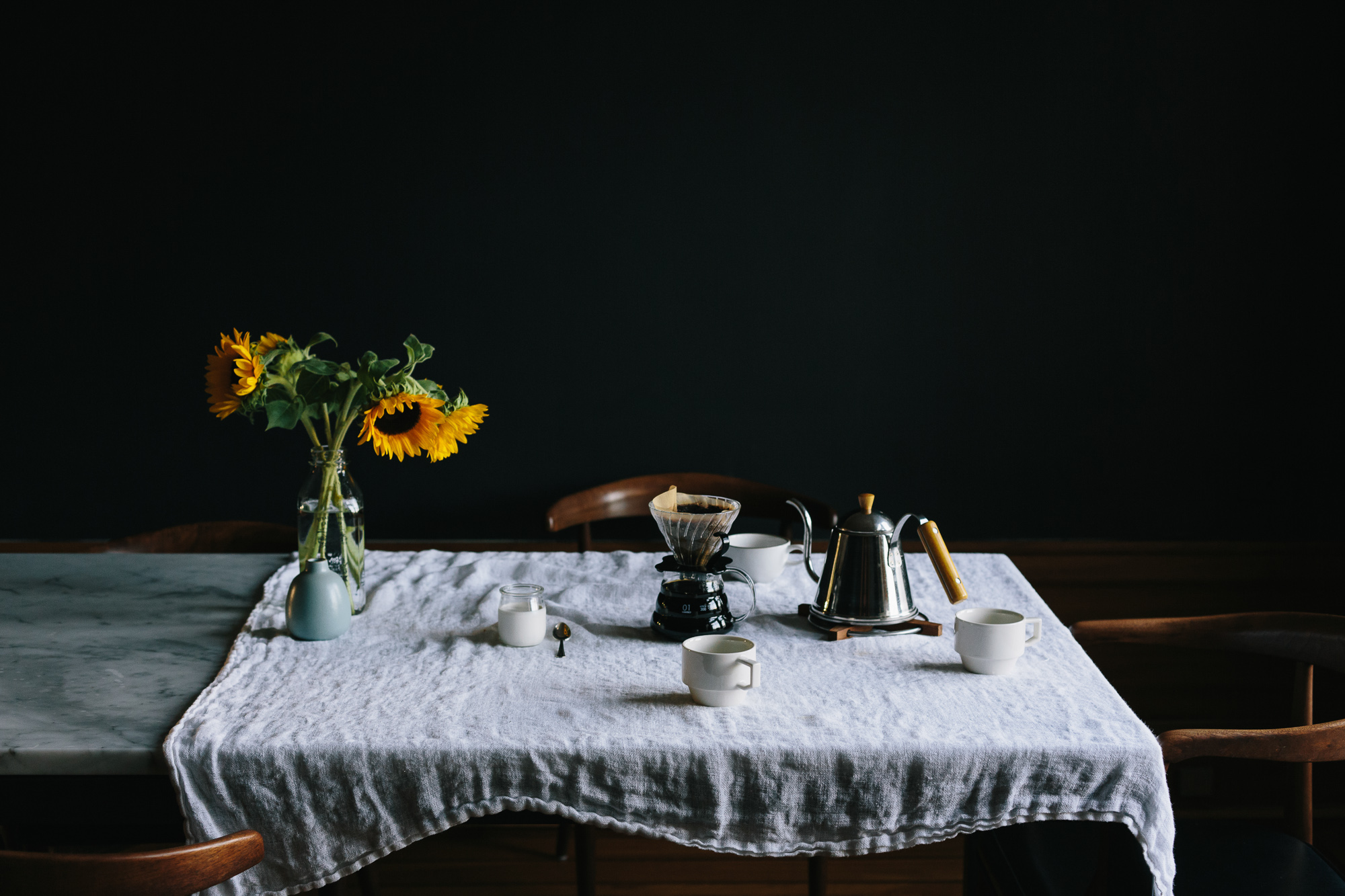Five years ago I wrote this. Having come across it just a few weeks ago again, it was a beautiful reminder to myself of who we have been and who we are still now. Happy 7th Anniversary, John. I love you.
We celebrated our second wedding anniversary a couple days ago. In the morning, I found a little black bag on the counter with a beautiful necklace inside - a string of grey stone beads. I had spotted it in store a couple months back, and when we returned to the store last weekend I eyed them for quite a while and pointed them out to John. Apparently, as soon as I wandered deeper into the store, he grabbed that string (every set was different) and handed it with his credit card to the cashier, quickly and quietly. She finished wrapping the box and John's mom carried the bag out of the store - a full story prepared in case I asked. I didn't.
Wednesday, I open the box and thrilled, place the string around my neck. Then I notice a broken bead. Neither of us had noticed it before - me, just admiring it at the store; John, hurried in secret. He offered that we could send it back for an exchange (the store is two states away, mind you). I didn't want to part with it, plus... something in me kind of liked the broken stone, maybe. All day I looked at it and pondered it and I found, I did really like the broken part. I liked all of it. The broken stone really is a chipped stone that allows you to see the inside, where the geode sparkles and reveals all sorts of dynamic edges. The more I look at it, I wonder if the designer made it that way on purpose.
It's just one bead, so unique. So stunning. A little broken piece - and if you can accept that it's not perfectly in tune with the others, you'll also realize it's better that way. And you might even like the other beads better for it, because you'll realize there's something even prettier concealed in each of them too... maybe, hopefully.
The beads look like little planets, one has rings - my saturn. They look even more like moons. My perfect ecliptic plane. Circling, centering, reminding me of my own gravity. Allowing me to consider how events are affecting me - how I'm affecting them - allowing me the significance to be at the center of something.
To be a part of the system - we assume machines, cogs, cold rules. But what of a system of stars and stones? Moons. Black holes. I've known a few. A system of fire and dust, light and darkness, hot and very, very cold. A system of expanses and powerful gravity, rules and mystery. Comings and goings. passings in the dark. Illuminations.
I am not the sun. But I hope to be a star. Like that one broken bead, sparkling dynamic stone that it is. And broken pieces aren't for everyone - I'm learning to be okay with that too, with the people who'd rather trade it in for the perfect set of matching polished stones. Learning to understand and accept that some, some have chosen a trade.
John and I, we've always been consumed with the inside - our 'we' is built in brokenness. We believe in the beauty of concealment, and of broken pieces. We believe in stars. Dark skies.
By the time I saw him that evening, sitting on a rooftop with a manhattan and a huge smile, I knew, "The necklace is perfect. I don't want to trade it for anything else."

